Hindu World Hub
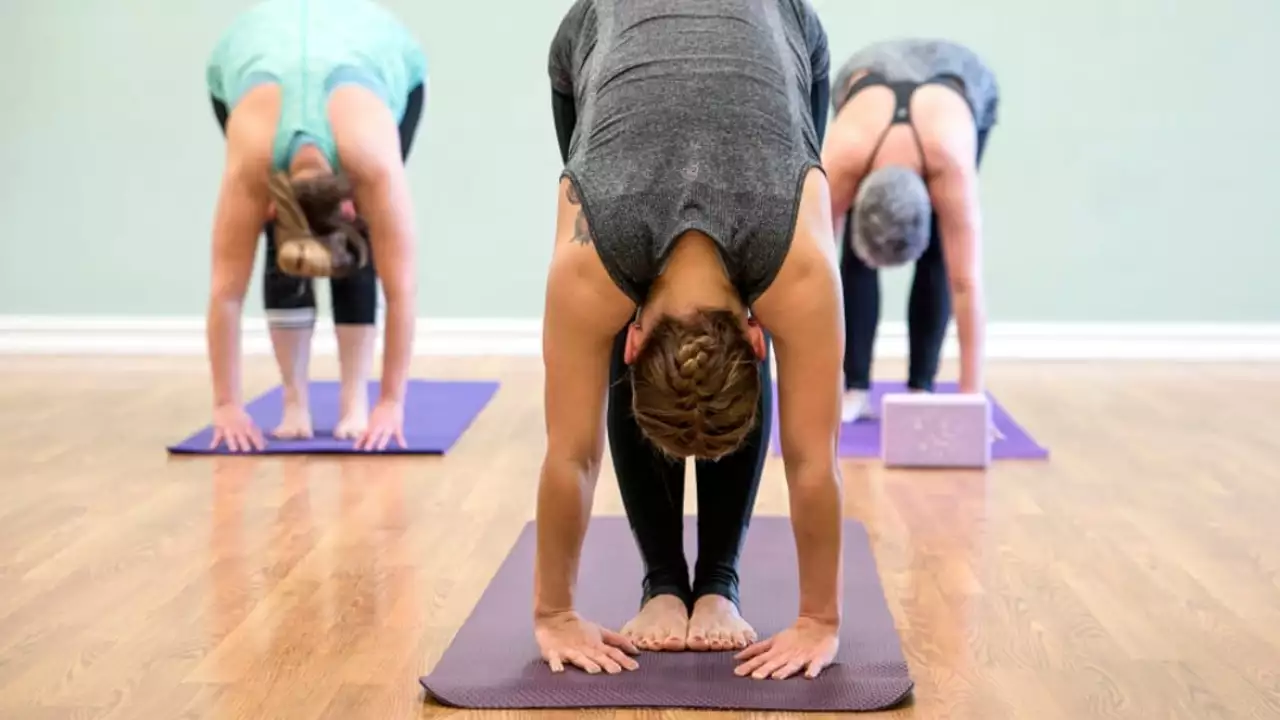
In yoga, how was your first 30 days as a beginner?
Wow, what a journey my first 30 days of yoga were! I was as flexible as a two-by-four and had the balance of a teeter-totter in a wind storm. But hey, Rome wasn't built in a day, right? Despite the challenges, I began to feel my body stretch in ways I didn't know possible and found a surprising peace in the silence of my practice. To all yoga beginners out there, keep going! The journey might be a bit wobbly at first, but it's definitely worth it!
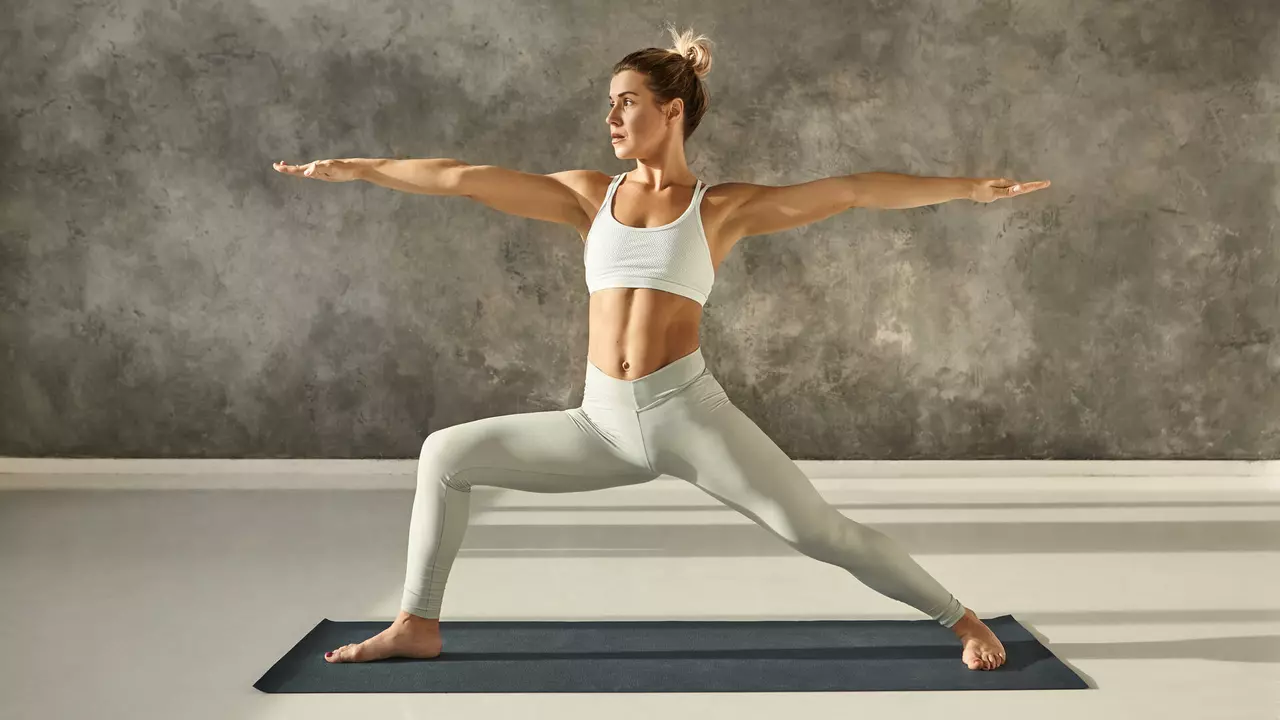
What is Astana yoga?
Well, folks, get ready to flex your mind and body with Astana yoga! It's a unique blend of physical postures, breathing exercises, and meditation that hails from the mystical lands of India. It's like performing a beautiful, stretchy ballet, while figuring out how to breathe like a Zen master. You'll not only become more flexible than a rubber band but also gain a calmness that would make a monk proud. So, grab your yoga mat, and get ready to say 'namaste' to Astana yoga because it's a total game-changer, folks!
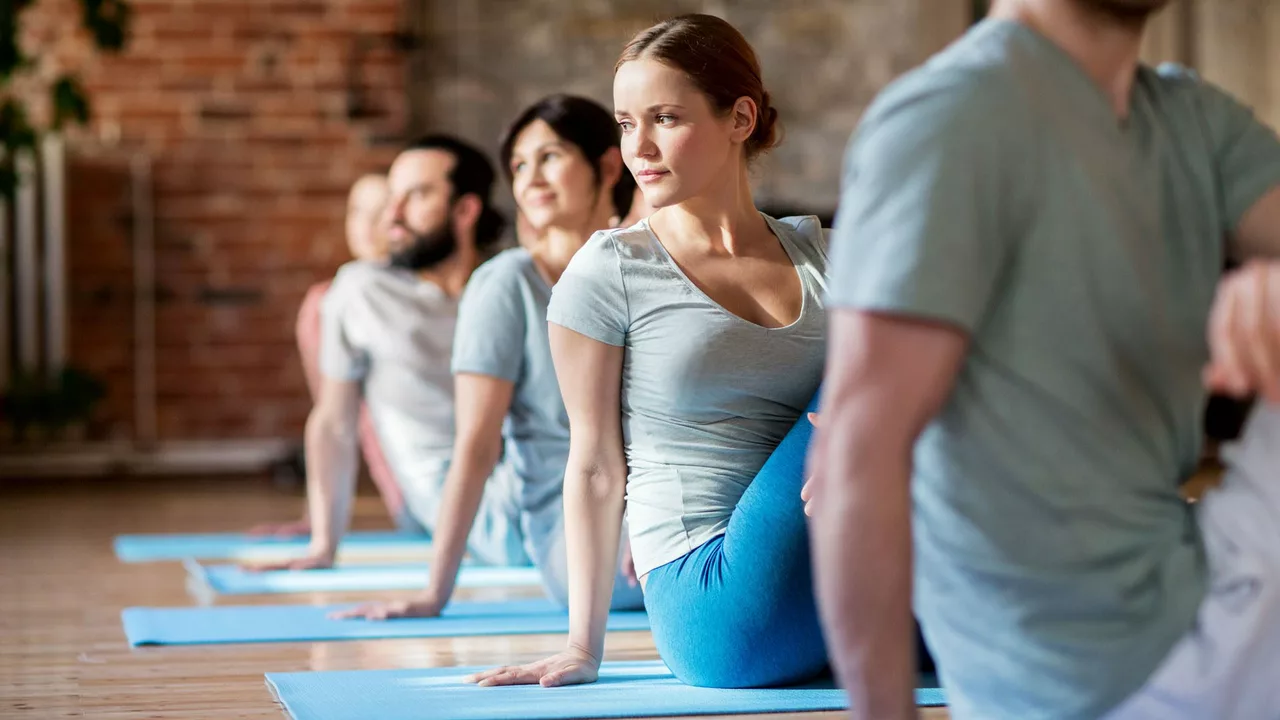
How has your life improved after doing yoga for one year?
Wowza, folks! After a year of twisting into pretzels and other yoga stuff, I'm a certified zen master (not really, but close). My health? Skyrocketed. I'm as flexible as a rubber band, and my blood pressure's so chill, even cucumbers are jealous. And guess what? My sleep pattern's become a beautiful symphony, no more counting sheep for this guy! So, if you're asking me, yoga's been like sunshine on a cloudy day, a magic carpet ride of positivity and tranquility.

Free kids yoga lesson plan with 12 mindfulness games?
On my blog, I've recently put together a free kids yoga lesson plan that includes 12 mindfulness games. These games are designed to help children develop their focus, calmness, and overall well-being. Each game has easy-to-follow instructions, making it simple for parents or teachers to guide. The plan encourages kids to engage their minds and bodies, promoting physical health and mental resilience. So, if you're looking to introduce your little ones to the world of yoga and mindfulness, this lesson plan could be a great starting point.

How helpful is Patanjali Yoga Sutras in yoga and meditation?
In my exploration of yoga and meditation, I've found the Patanjali Yoga Sutras to be invaluable. These ancient texts provide a deep understanding of the philosophy behind yoga, enhancing not just the physical practice, but also the mental and spiritual aspects. They offer guidance on meditation, detailing how to reach a state of tranquility and mindfulness. The sutras are a tool that can help us connect more deeply with ourselves and the world around us. In my experience, anyone serious about yoga and meditation can greatly benefit from the wisdom in these texts.
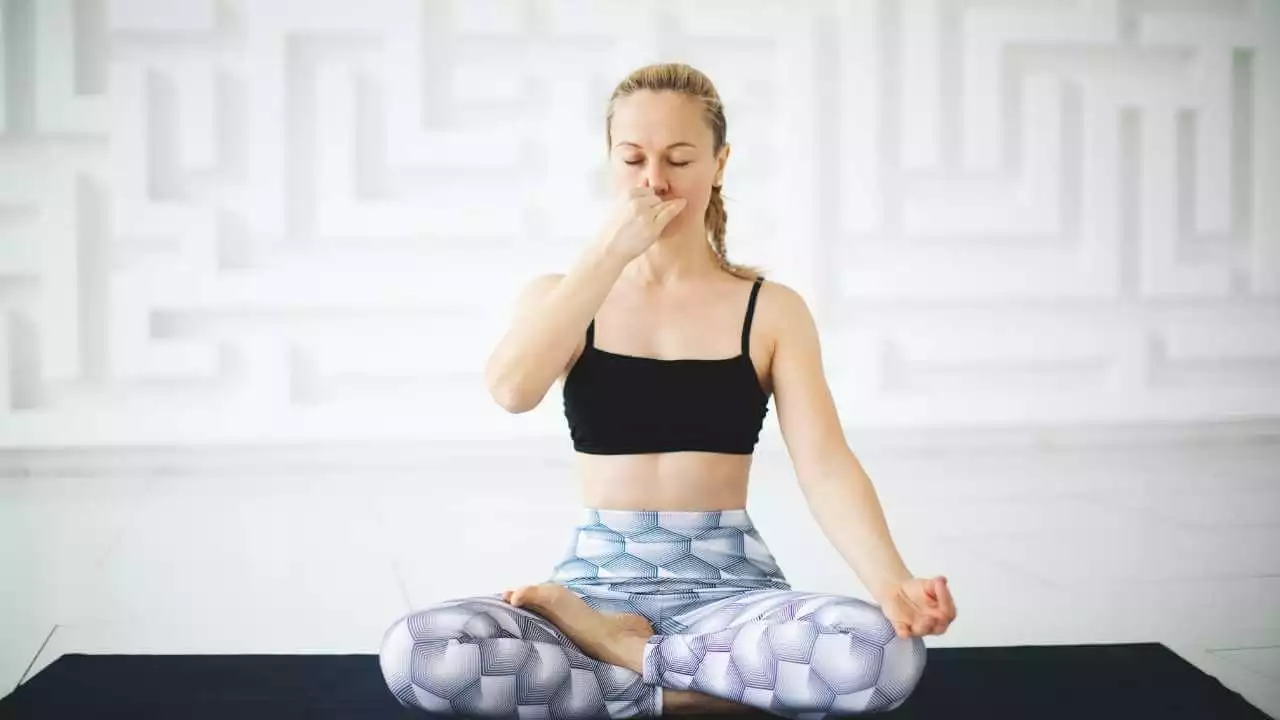
Which 'pranayam' is good for the heart and blood pressure?
In my exploration of yoga and its health benefits, I've discovered that 'Anulom Vilom Pranayam' is particularly beneficial for heart health and blood pressure regulation. This breathing exercise involves inhaling and exhaling through alternate nostrils, which helps in balancing the body's energy and calming the mind. It improves circulation, reduces stress, and is highly recommended for those with high blood pressure. Additionally, 'Bhramari Pranayam' is another effective exercise that aids in lowering heart rate and blood pressure. Incorporating these pranayamas into your daily routine can contribute significantly to improved cardiovascular health.
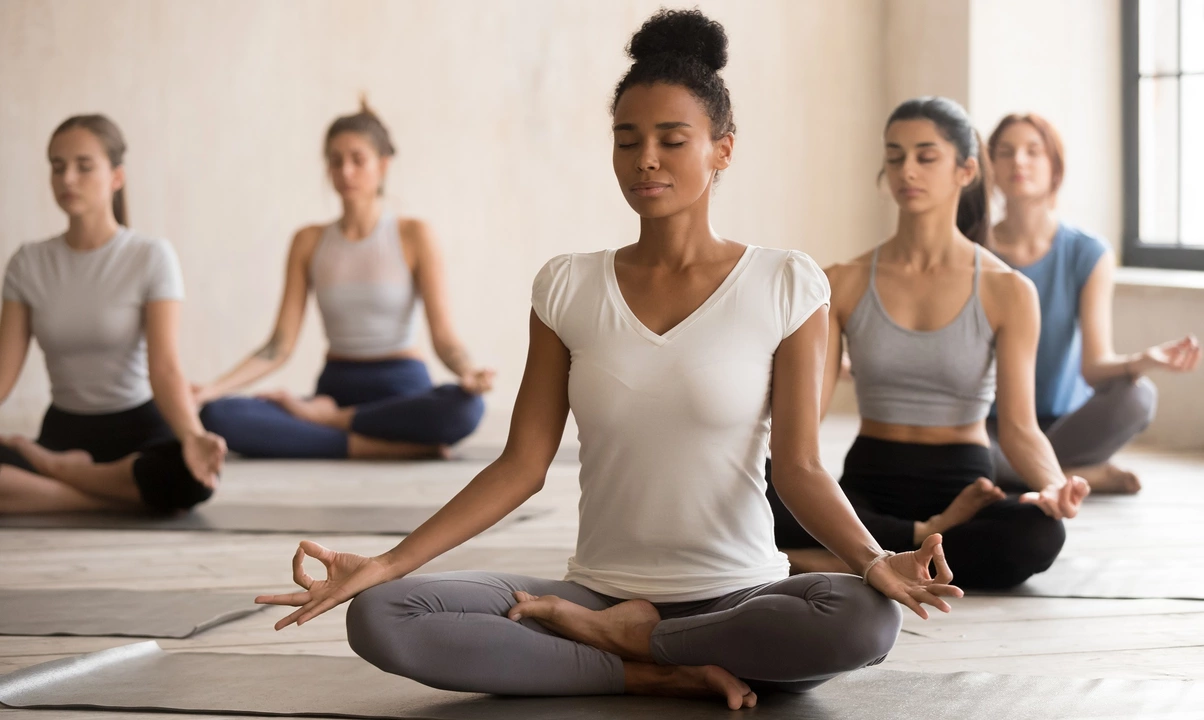
What are the benefits of twists in yoga?
Incorporating twists into my yoga practice has brought numerous benefits for my overall well-being. Firstly, twists help improve digestion and detoxification by stimulating the internal organs. Secondly, they provide a great stretch for the muscles in my back, shoulders, and neck, promoting better posture and relieving tension. Furthermore, twists can enhance spinal flexibility and range of motion, which is crucial for maintaining a healthy spine. Lastly, I find that twists aid in stress reduction and mental clarity, allowing me to feel more centered and focused throughout my day.

Is it counterproductive to do both yoga and tai chi?
This article discusses the potential benefits and drawbacks of combining yoga and tai chi into a single exercise routine. It states that while there are some potential benefits of combining the two, such as increased flexibility and energy, there may be some drawbacks as well, such as fatigue and confusion. The article concludes that combining the two practices may not be the best option for all individuals and that it is important to assess one's own needs and abilities before deciding to combine yoga and tai chi.

How to become an Iyengar yoga teacher?
Iyengar Yoga is a type of yoga founded by B.K.S. Iyengar in the 1970s. To become a certified Iyengar yoga teacher, one must have at least two years of Iyengar yoga experience and successfully complete an assessment. The assessment consists of written and practical exams. Once the assessment is passed, the student is required to attend an Iyengar yoga teacher training course. The course covers topics such as anatomy, philosophy, sequencing, and teaching methodology. After the course is completed, the student is required to take an additional assessment and submit a portfolio of teaching experience. Upon successful completion of these steps, the student is awarded a certification as an Iyengar yoga teacher.
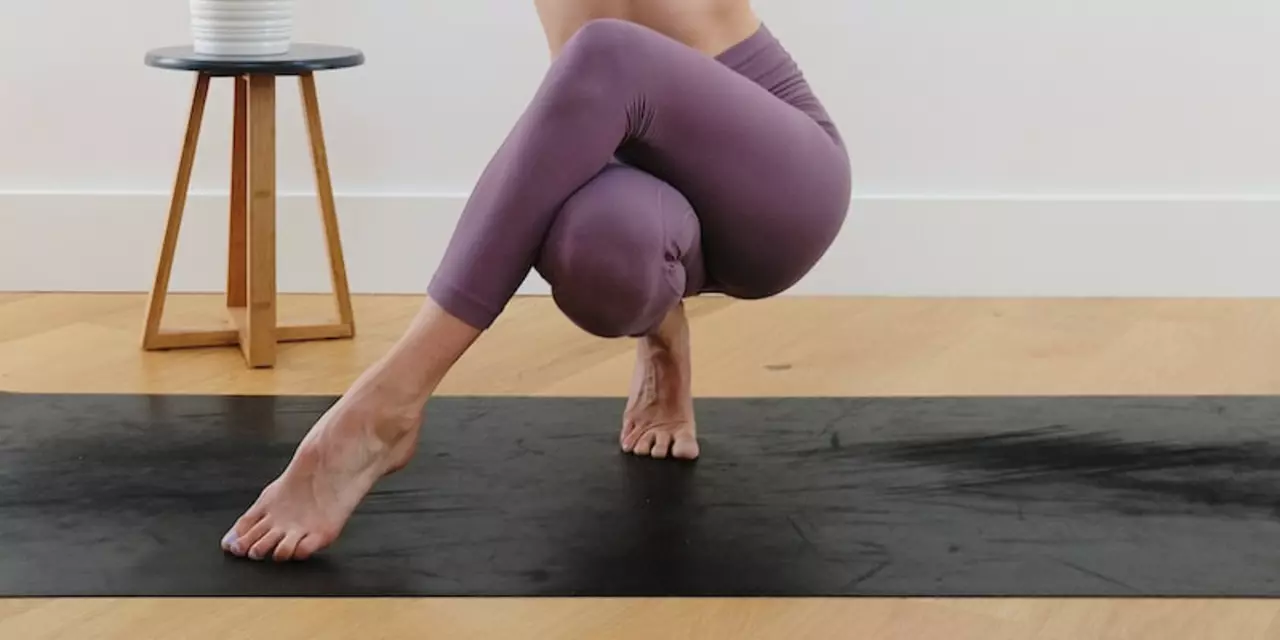
I have X (injury, chronic pain, etc.), can I still do yoga?
Yoga is an excellent form of exercise which can be adapted to suit a range of physical needs and abilities. People with chronic conditions such as injury, chronic pain or other health issues can benefit from the physical and mental benefits of yoga. It is important to discuss any physical limitations or health concerns with a yoga instructor before beginning a practice. The instructor can then offer modifications and support to ensure that the practice is safe and beneficial. A regular practice can help to reduce symptoms and improve overall health, however it is important to listen to the body and stop if any pain or discomfort is experienced.